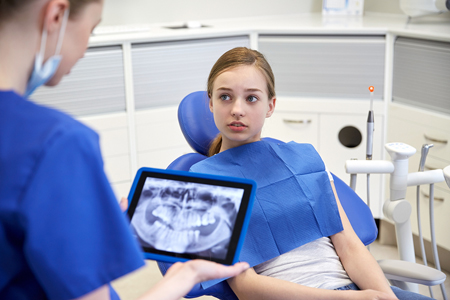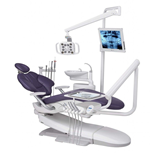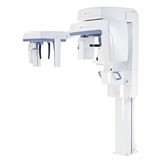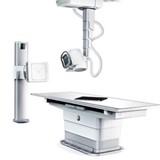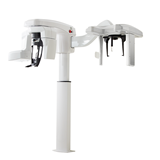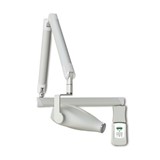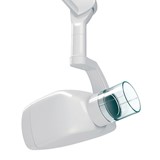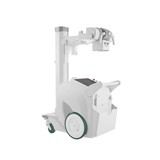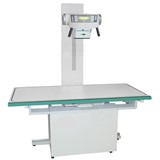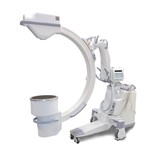How can you minimise the risk of X-imaging for your patients?
1. Risk assessment
When considering the need for X-ray imaging, it is essential to first consider the benefits and risks to the patient in using this technique.
X-ray imaging is often required for the diagnosis or treatment of oral diseases and is an invaluable tool in this respect. However, there is a possible risk of radiation-induced cancer, although the impact of this is difficult to determine.
Advisory groups for dental practices have stated that the average dose used in an intraoral or panoramic radiographic examination is considerably less that the minimum dose that is associated with increased risk of cancer. As a cautionary measure, we should consider that there is some risk linked to the use of X-ray and the radiation dose used should be as low as reasonably achievable (ALARA).
2. Address patient concerns
Patient safety is naturally a primary consideration for dental practitioners and many patients are concerned about possible risks that have been articulated by popular media reports.
To address this, it is important to understand the patients’ perspective and help them to understand the benefits of using X-rays. Take the time to explain the risk of radiation exposure and how the low doses used in your dental practice are unlikely to cause long-term harm.
3. Consider the necessity
X-ray examinations should not form part of a routine check-up with patients but instead be used as a tool for diagnosis and treatment of medical conditions when needed.
Current guidelines help to determine which individuals are most likely to benefit from the use of X-ray imaging and depend on several factors. New patients with no previous X-ray images will often need an initial image and the age and dental development of the patient can also be a factor.
In most cases, an X-ray is required if risk factors or evidence of caries or periodontal disease is present upon physical examination.
4. Minimise radiation exposure
In order to reduce the risk posed by X-ray imaging, there are several techniques that can be implemented to minimise the exposure to radiation.
Only patients that are likely to benefit from using X-ray imaging should be subjected to radiation exposure. The dose can be kept ALARA by using fast film or digital receptor with intraoral radiography, or rare earth screen-film combination or digital receptors for extraoral radiography.

